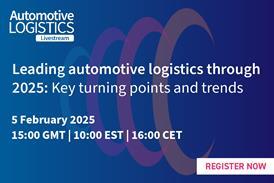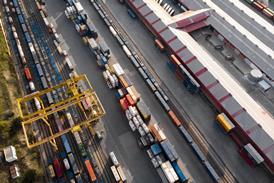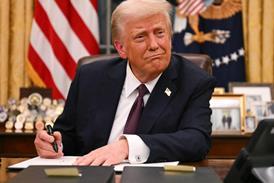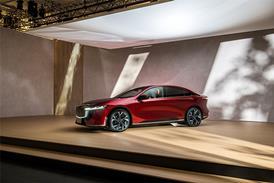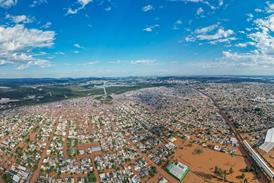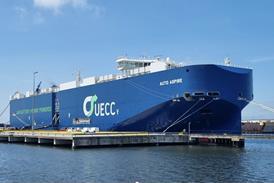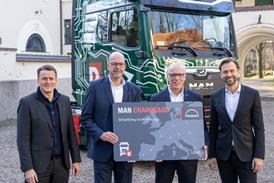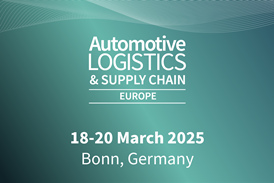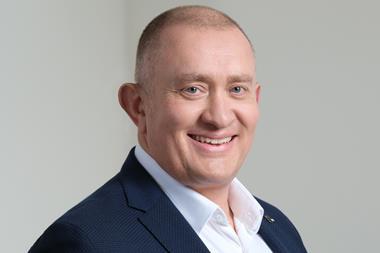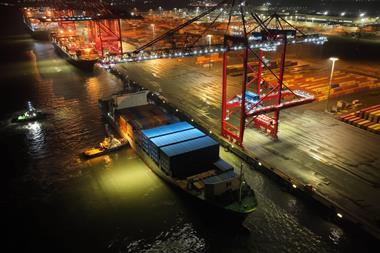
Renault has announced plans to set up an independent distribution network in India within the next 30 months to support the movement of several new vehicles from its global portfolio. The move suggests a revival of its plans with Nissan to enter the Indian market more forcefully, as well as a potential shift away from its struggling joint venture with Mahindra to build the Logan there.
The French carmaker plans to launch the Fluence and Koleos models on the Indian market in 2011 as part of a full range of small to luxury cars that it says will be complete within a 48-month timeframe. Three more, as yet unnamed vehicles, are due to be released in 2014, some of which will be based on platforms shared within the Renault-Nissan Alliance according to the company. The Fluence and Koleos will be produced at the Alliance plant in Chennai.
Renault had originally pledged to invest in 400,000 vehicle plant in Chennai, but froze its investment at the end of 2008. Renault also builds the Logan in a joint venture with Mahindra at a plant in Nashik, but sales have slumped in the past year.
Marc Nassif, country general manager and managing director of Renault India, told journalists this week: “During the recent New Delhi AutoExpo we had announced our roadmap for introducing several cars from our international portfolio in the Indian market. Today we would like to reaffirm our intention to be a long-term player in India, by announcing our plans to set up an exclusive Distribution Network for Renault cars that will be introduced in the Indian market. We will create an extensive nationwide distribution network in the next 30 months, to ensure our customers are assured of seamless service.”
The challenges facing Renault in establishing a “seamless service” are considerable. Despite the great majority of automotive movements in India being made by road, only half of them are adequately surfaced, while road tolls and state taxes are prolific. That said, India's minister of road transport and highways, Kamal Nath, is pushing a massive road-building programme that is reported to require $70 billion in financing over the coming years. According to the Wall Street Journal he is targeting $40 billion to $45 billion in private sector capital, one-third of which would come from foreign investors.
In terms of rail, the intense interest in adopting it as a mode is still just that. The share of rail freight is just 2%, though the government has begun work on the first of 15 rail hubs to be established across India as part of a drive to increase this figure to 15% by 2016.
Furthermore, there is a shortage of reliable transport capacity in the market, partly because of the structure of fleet ownership. Two thirds of carriers own less than five vehicles, a proportion set to increase as the market grows, and there are few 3PLs operating in the finished vehicle business.
Renault has not released any firm details on how it plans to overcome these problems but a company spokesman told Automotive Logistics News that the company was now in the process of finalising a strategy that will put together a best-in-class sales and marketing team, evaluate dealers and ensure the best execution of its distribution plans.
“That includes leveraging our synergies with our Alliance partner, Nissan India, so that we can derive benefits from the economies of scale in all aspects of our operations,” he said.
“As far as logistics is concerned…we would, without doubt, be looking at working out a [logistics] model where Renault and Nissan work jointly to achieve a best-cost and most-efficient logistics solution for us.”
Nissan currently uses MOL Auto Logistics (India) for inland export activity from the plant in Chennai.
Renault announced in July last year that it would not be part of the production schedule in 2010, and though the positive response at the New Delhi AutoExpo appears to have altered the company’s outlook more positively, production of Renault vehicles is not expected until 2011.
“It would be safe to assume that the first Renault cars would start get on to the production line only next year, since we plan to hit the market with the Fluence and Koleos only around mid-2011,” said the spokesman.


